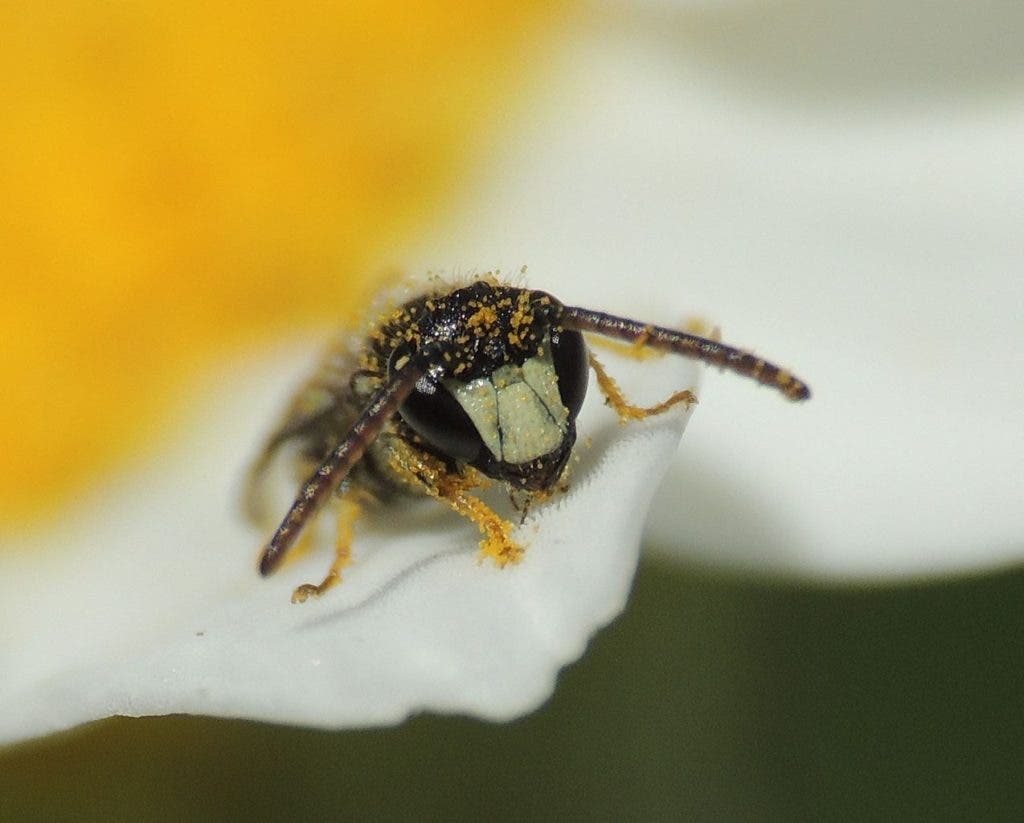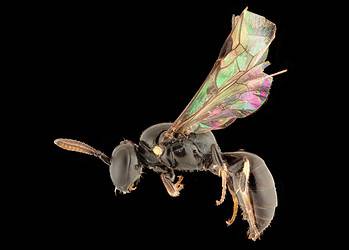Seven species of Hawaiian yellow-faced bees have been added to the endangered species list coming into effect this November, the US government announced. This marks the first occasion any species of bee has received federal protection.

Under the Endangered Species Act, which was passed in 1973, the USFWS or NOAA can designate certain species at risk of extinction as a “consequence of economic growth and development untempered by adequate concern and conservation.” The animals gain a protected status, with habitat zones and additional programs set in place to promote their recovery. The ruling on September 30th could thus prove invaluable in helping the affected populations rebound, saving Hawaii’s most important pollinators from extinction.
“Native pollinators in the US provide essential pollination services to agriculture which are valued at more than US $9 billion annually,” said Eric Lee-Mäder, program director at the Xerces Society, the non-profit organisation that petitioned the US government to label the bees as endangered for the CNN.
The seven species – Hylaeus anthracinus, Hylaeus longiceps, Hylaeus assimulans, Hylaeus facilis, Hylaeus hilaris, Hylaeus kuakea, and Hylaeus mana –populate unique habitats on the Islands including coastlines, shrublands, and wet and dry forests. But human encroachment on their territory, invasive species, and to a lesser extent the increasing use of pesticides have been taking a heavy toll on the bees, pushing these specialized pollinators close to extinction. The team says that this destruction of habitat is splintering up the bee population, making it even harder for the hives to resist invasive species.
“These bees require a habitat with a diversity of plants that flower throughout the year so that a consistent source of pollen and nectar is available,” the Xerces Society reports.
“Many species nest in the ground, but some nest in hollow stems of plants; the availability of nest sites is another important habitat requirement for these animals.”
Bees are a species we should strive to keep as happy as possible, as the work they do for us is invaluable. They keep the plant world going, pollinating roughly 30% of the world’s crop plants and 90% of wild ones. Without them, our crops would fail, and ecosystems around the world would grind to a halt.
“People tend to focus on the rare plants, and those are important, that’s a big part of the diversity,” Xerces entomologist Karl Magnacca told the AP. “But the other side is maintaining the common ones as common. [The bees] help maintain the structure of the whole forest.”
Back in 2015, the White House issued a report entitled “National Strategy to Promote the Health of Honey Bees and Other Pollinators” in response to the growing issue posed by the colony collapse disorder, or CCD. This occurs when stressed worker bees leave the hive, abandoning the queen. At that time, CCD was causing anywhere between 20 to 40 percent of honeybee hives in mainland US to vanish every winter, and the White House aimed to find a system to help protect bees and butterflies.
Hopefully, the Hawaiian bees are only the first in a long list of protected pollinators. To save the seven species, programs will need to be put in place to allow these populations to thrive. Federal agencies will step in to provide funds and protected areas in Hawaii where these bees are known to live, although the exact details of the plan have yet to be decided on.






